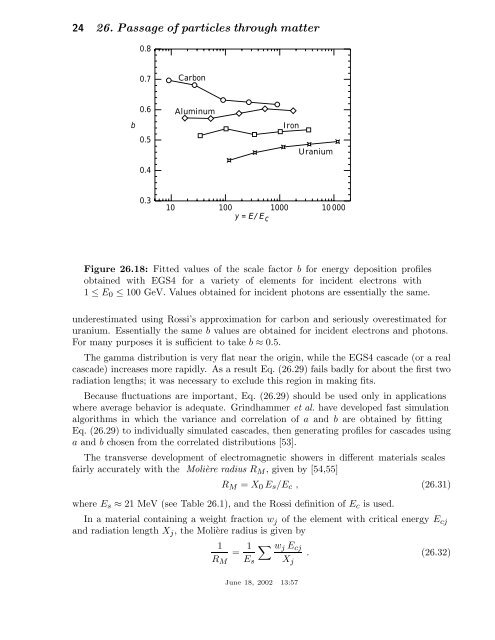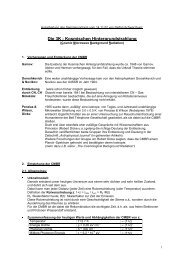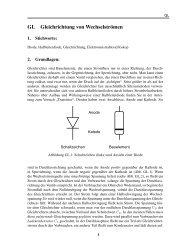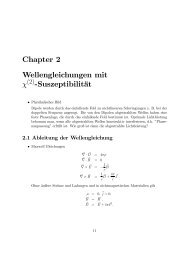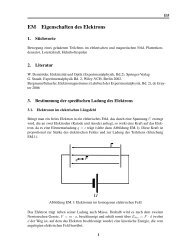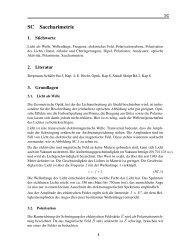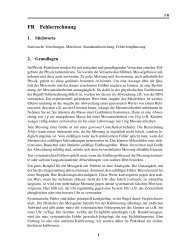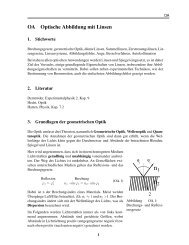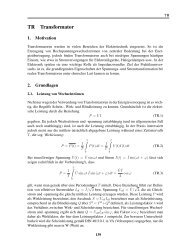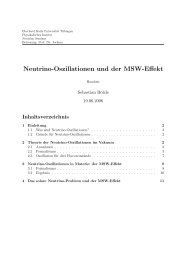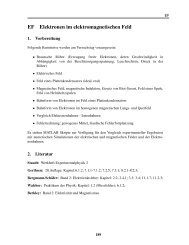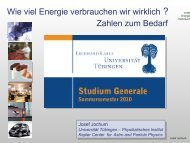26. passage of particles through matter - Particle Data Group
26. passage of particles through matter - Particle Data Group
26. passage of particles through matter - Particle Data Group
Create successful ePaper yourself
Turn your PDF publications into a flip-book with our unique Google optimized e-Paper software.
24 <strong>26.</strong> Passage <strong>of</strong> <strong>particles</strong> <strong>through</strong> <strong>matter</strong><br />
0.8<br />
0.7<br />
Carbon<br />
b<br />
0.6<br />
0.5<br />
0.4<br />
Aluminum<br />
Iron<br />
Uranium<br />
0.3<br />
10 100 1000 10 000<br />
y = E/E c<br />
Figure <strong>26.</strong>18: Fitted values <strong>of</strong> the scale factor b for energy deposition pr<strong>of</strong>iles<br />
obtained with EGS4 for a variety <strong>of</strong> elements for incident electrons with<br />
1 ≤ E 0 ≤ 100 GeV. Values obtained for incident photons are essentially the same.<br />
underestimated using Rossi’s approximation for carbon and seriously overestimated for<br />
uranium. Essentially the same b values are obtained for incident electrons and photons.<br />
For many purposes it is sufficient to take b ≈ 0.5.<br />
The gamma distribution is very flat near the origin, while the EGS4 cascade (or a real<br />
cascade) increases more rapidly. As a result Eq. (<strong>26.</strong>29) fails badly for about the first two<br />
radiation lengths; it was necessary to exclude this region in making fits.<br />
Because fluctuations are important, Eq. (<strong>26.</strong>29) should be used only in applications<br />
where average behavior is adequate. Grindhammer et al. have developed fast simulation<br />
algorithms in which the variance and correlation <strong>of</strong> a and b are obtained by fitting<br />
Eq. (<strong>26.</strong>29) to individually simulated cascades, then generating pr<strong>of</strong>iles for cascades using<br />
a and b chosen from the correlated distributions [53].<br />
The transverse development <strong>of</strong> electromagnetic showers in different materials scales<br />
fairly accurately with the Molière radius R M , given by [54,55]<br />
R M = X 0 E s /E c , (<strong>26.</strong>31)<br />
where E s ≈ 21 MeV (see Table <strong>26.</strong>1), and the Rossi definition <strong>of</strong> E c is used.<br />
In a material containing a weight fraction w j <strong>of</strong> the element with critical energy E cj<br />
and radiation length X j ,theMolièreradiusisgivenby<br />
1<br />
= 1 ∑w j E cj<br />
. (<strong>26.</strong>32)<br />
R M E s X j<br />
June 18, 2002 13:57


